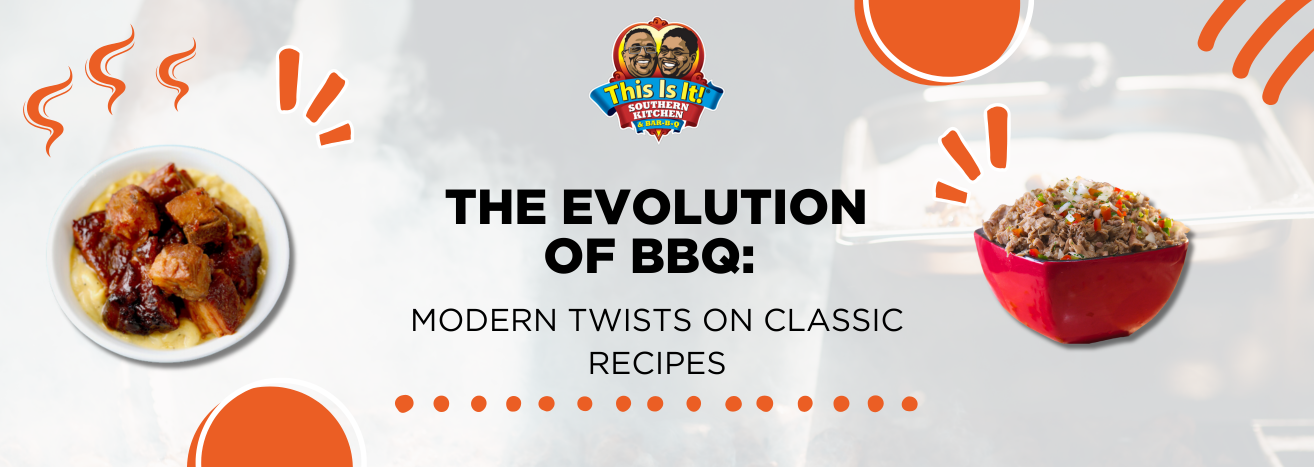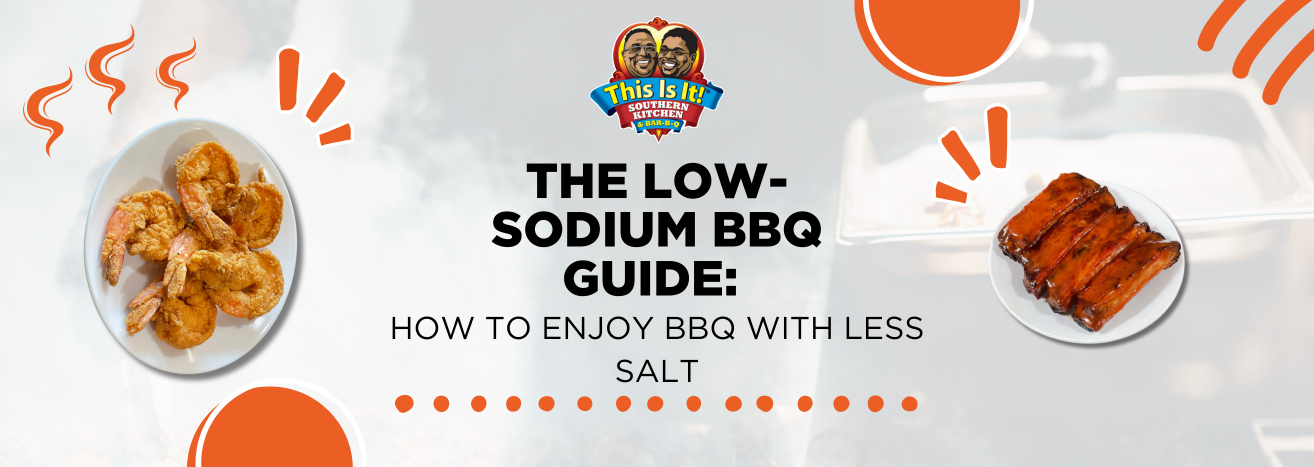The Evolution of BBQ: Modern Twists on Classic Recipes

Table of Contents
- Introduction
- A Brief History of BBQ
- The Classic Components of BBQ
- Modern Twists on Classic BBQ Recipes
- Fusion BBQ
- Plant-Based BBQ
- Innovative Techniques
- Unexpected Ingredients
- The Science of BBQ
- BBQ Around the World
- The Role of Technology
- Tips for Reinventing BBQ at Home
- The Future of BBQ
- Conclusion
- Call to Action
Barbecue, a timeless culinary tradition, has deep roots in cultures worldwide. From the smoky pits of the American South to the asados of Argentina, BBQ is more than a cooking method; it’s a way of life. Over the years, this tradition has evolved, merging old techniques with modern innovations. In this article, we’ll explore the history of BBQ, its cultural significance, and how chefs and home cooks are reinventing classic recipes with contemporary twists.
A Brief History of BBQ
Barbecue’s history dates back thousands of years. Indigenous peoples in the Caribbean were among the first to use barbacoa—a method of slow-cooking meat over a wooden platform. Spanish explorers adopted this technique and introduced it to the Americas, where it became a staple in regions like the Southern United States.
Over time, different cultures added their unique touches. In Texas, BBQ became synonymous with beef, while Carolina BBQ embraced pork and vinegar-based sauces. Meanwhile, Kansas City mastered the art of sweet, tomato-based sauces, and Memphis became known for its dry rubs. Each style reflects the local ingredients and traditions of its origin.
The Classic Components of BBQ
To appreciate modern BBQ innovations, it’s essential to understand the classics. Traditional BBQ consists of four main components:
- The Meat: Pork, beef, chicken, and lamb are the staples.
- The Rub: A blend of spices that imparts flavor to the meat.
- The Sauce: Regional variations range from tangy vinegar to rich molasses.
- The Smoke: Wood smoke infuses the meat with depth and complexity.
These elements create a foundation that chefs and enthusiasts have built upon for generations.

Modern Twists on Classic BBQ Recipes
As global cuisines have become more accessible, BBQ has seen an infusion of new flavors and techniques. Here are some exciting modern twists:
1. Fusion BBQ
- Korean BBQ Tacos: A marriage of Tex-Mex and Korean flavors, featuring bulgogi-style beef with kimchi slaw.
- Tandoori Smoked Chicken: Combining Indian spices with traditional smoking methods.
- Thai-Inspired Ribs: Ribs glazed with a sweet and spicy chili sauce, garnished with fresh cilantro and lime.
2. Plant-Based BBQ
- Jackfruit “Pulled Pork”: Slow-cooked jackfruit in a smoky BBQ sauce.
- Grilled Cauliflower Steaks: Seasoned with bold rubs and grilled to perfection.
- Smoked Eggplant Dip: A BBQ twist on baba ghanoush.
3. Innovative Techniques
- Sous Vide and Smoke: Cooking meat sous vide for precision, then finishing it on the smoker for flavor.
- Reverse Searing: Smoking meat first, then searing it over high heat for a crusty exterior.
- Pellet Grills: Modern smokers that offer temperature control and versatility.
4. Unexpected Ingredients
- BBQ Pizza: Topped with smoked brisket, caramelized onions, and a tangy BBQ sauce.
- Smoked Desserts: Pies, cakes, and even ice cream infused with subtle smoky notes.
- Seafood BBQ: Grilling shrimp, lobster, and fish over wood fires for a smoky flavor.
The Science of BBQ
Modern BBQ isn’t just about tradition; it’s about understanding the science behind it. Techniques like brining, marinating, and dry-aging have become more refined. Here are some scientific insights:
- Maillard Reaction: This chemical reaction creates the delicious crust on grilled meat.
- Smoke Ring: A pink ring caused by nitric oxide from wood smoke reacting with the meat’s myoglobin.
- Temperature Control: Monitoring internal temperatures ensures perfectly cooked meat.
BBQ Around the World
Barbecue’s evolution isn’t limited to the U.S. Here’s how other cultures are innovating:
- Japanese Yakitori: Skewered and grilled meats seasoned with tare sauce.
- Brazilian Churrasco: Meat cooked on large skewers over an open flame.
- South African Braai: A communal grilling tradition featuring boerewors sausage.
- Australian Barbie: Focused on seafood and lamb with simple seasonings.
The Role of Technology
Technology has revolutionized BBQ. Modern smokers and grills come equipped with Wi-Fi connectivity, allowing pitmasters to monitor temperatures remotely. Apps provide step-by-step recipes and tutorials, making BBQ accessible to beginners.

Tips for Reinventing BBQ at Home
- Experiment with different woods: Cherry, apple, and mesquite each impart unique flavors.
- Play with rubs and marinades: Add unexpected spices like turmeric or cardamom.
- Try new meats: Duck, venison, and even tofu can be smoked or grilled.
- Incorporate fresh herbs: Basil, mint, and dill add brightness to BBQ dishes.
The Future of BBQ
As sustainability becomes a priority, BBQ is adapting. Plant-based proteins and eco-friendly grilling methods are gaining popularity. Additionally, chefs are exploring zero-waste cooking, using every part of the animal or plant to minimize waste.
Conclusion
BBQ is a dynamic and evolving tradition that bridges cultures and generations. By blending classic techniques with modern innovations, today’s BBQ enthusiasts are keeping the spirit of barbecue alive while pushing its boundaries. Whether you’re a traditionalist or an adventurous foodie, there’s never been a more exciting time to fire up the grill.
For more inspiration and recipes, visit This Is It! Southern Kitchen & Bar-B-Q.










